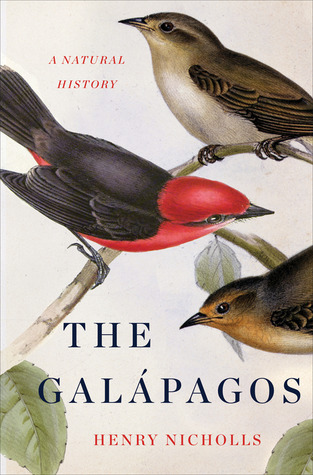This isn’t a very substantial book, really: each chapter is fairly brief, and focused on a fairly broad swathe of the creatures living on the famous islands, often focusing on one or two representative examples when it’s a large family of critters. This works quite well for the layperson, avoiding going too in depth on any one subject that might become boring, while still offering an introduction to the wealth of variety and beauty in the Galápagos islands. A lot of it, of course, is related to Darwin and his theories, which are what have made the Galápagos so iconic for anyone with that kind of interest.
I did like the chapters which focus on the way humans have affected the islands. He seems fairly ambivalent about it, in a way: he hesitates to say that tourism is damaging the islands (probably because he’d be a hypocrite if he did!) but at the same time, he makes the impact quite clear.
Sometimes I do wonder about whether we can or should preserve species that are going extinct. In one sense, it’s often our own fault. We’re as much of a natural disaster as a massive meteorite strike. But maybe there should be a test applied first: if humans back off (after some captive breeding and releasing if necessary), can the population once again support itself? Or has the world just changed too fast for them? We can’t foresee all the ramifications, how and whether a species even can adapt. We could risk making a species that we value for its place in the wild into a species dependent on us, like the animals we’ve bred for food and convenience. If we do that, have we really saved the species after all? I don’t know. Sometimes I wonder; certainly I don’t think it’s unequivocally the right thing to do, and so some of the conservation aspects of this I disagreed with. Not the sentiment, but the practicality.
Rating: 4/5


Leave a Reply